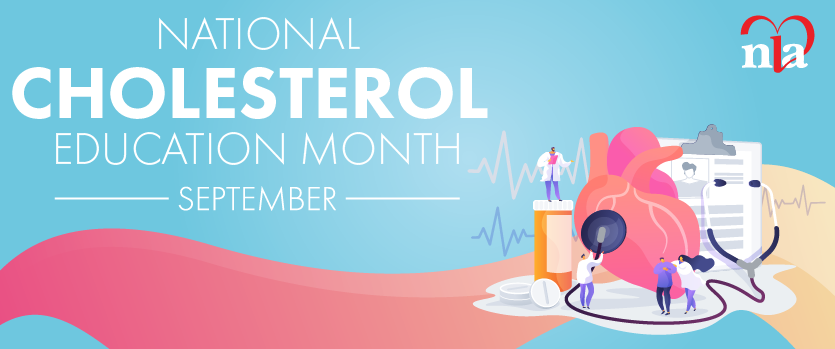Winter 2016
This issue sponsored by the Midwest Lipid Association Featuring: “The Use of Statins to Reduce Cardiovascular Risk in the Elderly” and "Age-Related Pharmacokinetic Changes and the Impact on Statin Therapy in Older Patients"
It has been a very busy time at the National Lipid Association (NLA) and within our NLA chapters. We continue to move forward with integrating our work with other like-minded organizations. We were pleased to welcome a presentation on genetic counseling to help our members understand what can be... more
I am honored and humbled to be serving as president of the Midwest Lipid Association (MWLA). The Midwest Chapter did a tremendous job preparing for this edition of the LipidSpin, which focuses on lipids and aging. The contributions from our NLA colleagues within the Midwest Chapter are outstanding... more
I love the theme of this edition of the LipidSpin, Lipids & Aging. When you read through the various articles, you will find outstanding discussions regarding the many aspects of treating older patients. Whenever I treat older patients with dyslipidemia, I always start by considering the... more
You can’t miss it. At the mall, at the gym, in your office, the percentage of older Americans is growing. By the year 2020 there will be more than 55 million Americans older than 65.1 Medically, we know not to treat kids just like “little adults” and we should have this same respect for differences... more
Introduction Human population studies have identified a number of major risk factors for the development of atherosclerotic cardiovascular disease (ASCVD). Of these, age is one of the more powerful. Another is the plasma concentration of low-density lipoprotein cholesterol (LDL-C). There is... more
Dr. Barter’s perspective in the accompanying editorial is summarized in the last sentence of his article: “Given these facts, it is difficult to argue against the proposition that, unless contraindicated, all people older than 65 should receive a statin, regardless of the presence or absence of... more
Atherosclerosis is a lipid-driven disorder and the main underlying cause of cardiovascular disease (CVD).1 Microbiology has long been a critical focal area of medicine in terms of the effect of bacterial organisms on health and disease. What is the contemporary view of the relationship between... more
While there is evidence for atherosclerotic cardiovascular risk reduction with statins in both primary and secondary prevention in older patients, there is a higher incidence of associated muscle symptoms and discontinuation because of those symptoms.1-3 Thus, consideration of the risk-benefit... more
Most coronary heart disease occurs in those over the age of 65.1 Statins reduce cardiovascular morbidity and mortality in both primary and secondary prevention. Data from the Cholesterol and Recurrent Events (CARE),2 Long-term Intervention with Pravastatin in Ischemic Disease (LIPID),3 and... more






.jpg)
.png)










